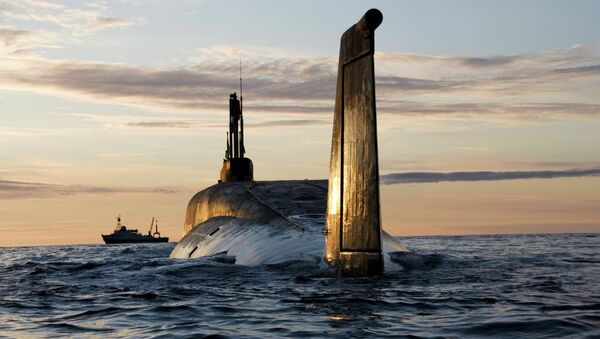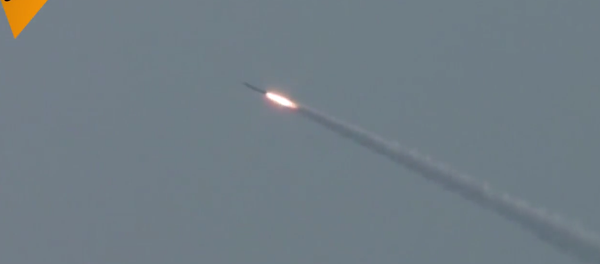Andrei Kots (RIA Novosti) — The Borei-A-class submarines, capable of carrying up to 16 Bulava intercontinental ballistic missiles each, are an upgraded version of previous Borei-class vessels.
Fast and Quiet
Developed by the Rubin Central Design Bureau, the Prince Vladimir is a fourth-generation submarine.
Low visibility, high speeds and an ability to avoid enemy pursuit make these Russian fourth-generation subs a formidable weapon to be reckoned with.
Three Borei-class submarines are currently afloat with the Yuri

, serving with the Northern Fleet, while the Alexander Nevsky and Vladimir Monomakh are with the Pacific Fleet.
Meanwhile, four more Borei-A-class nuclear-powered ballistic missile submarines — Knyaz (Prince) Oleg, Generalissimo Suvorov, Emperor Alexander III and Knyaz (Prince) Pozharsky — are currently under construction and scheduled to be floated out before 2022.
Just like the Kazan multirole submarine of the upgraded Yasen-M Project, floated out in March, the Prince Vladimir boasts state-of-the-art means of electronic warfare entirely developed and produced in Russia.
Rival to Be Reckoned With
Russia’s latest and finest strategic missile-carrying submarine, the Knyaz Vladimir has tactical and technical characteristics that surpass those of the Ohio-class nuclear subs, which constitute the backbone of the US naval deterrent.
The first Borei-A submarine dives to 400 meters compared to the Ohio’s 363 and boasts a submerged speed of 30 knots, which is 5 knots faster that what its American counterpart offers.
The Russian sub is armed with 16 Bulava R-30 intercontinental ballistic missiles each carrying six individually targeted 150-kiloton warheads.
A single broadside is enough to incinerate as many as 100 cities, missile silos, command and control centers, military bases and industrial facilities.
Even though it lags in this respect behind its US counterpart, which is armed with 24 Trident II ICBMs, carrying either eight or 14 warheads each, the Bulava has an effective range of 9,300 kilometers (5,778 miles) compared with the Trident’s 7,800 kilometers (4,846 miles).
What Next?
Meanwhile, Russia is now mulling the development of more advanced Borei-A-class subs with the broad outlines of a Borei-B fifth-generation submarine already on the drawing boards.
READ MORE:Keel-Laying of Russia's Knyaz Vladimir Submarine Set for Summer 2017 — Commander
According to open sources, some of the new subs, which will be much smaller than the Borei and Yasen subs, will be armed with anti-submarine versions of Kalibr cruise missiles, with the rest carrying Zirkon hypersonic anti-ship missiles.




